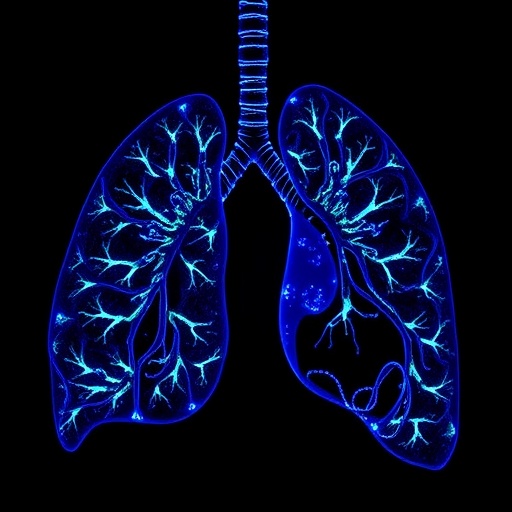WASHINGTON–A new Scientific Statement issued by the Endocrine Society calls for more research aimed specifically at understanding the underlying mechanisms that make it difficult to maintain long-term weight loss.
Despite decades of research and billions of dollars spent each year on treatment, understanding of the underlying causes of obesity remains limited. One in three American adults is affected by obesity, and it costs an estimated $147 billion a year to treat obesity and its consequences in the United States, according to the Centers for Disease Control and Prevention.
Growing evidence suggests obesity is a disorder of the body's intricate energy balance systems. Once an individual loses weight, the body typically reduces the amount of energy expended at rest, during exercise and daily activities while increasing hunger. This combination of lower energy expenditure and hunger creates a "perfect metabolic storm" of conditions for weight gain.
"Because of the body's energy balance adjustments, most individuals who successfully lose weight struggle to maintain weight loss over time," said Michael W. Schwartz, M.D., of the University of Washington in Seattle, Wash., and the chair of the task force that authored the Society's Scientific Statement. "To effectively treat obesity, we need to better understand the mechanisms that cause this phenomenon, and to devise interventions that specifically address them. Our therapeutic focus has traditionally been on achieving weight reduction. Most patients can do this; what they have the most trouble with is keeping the weight off."
"Healthcare providers and patients need to view this tendency as the body's expected response to weight loss, rather than as a sign of a failed treatment regimen or noncompliance with treatment," Schwartz said.
The Society's statement also calls for additional research into factors influencing obesity;
- Interactions between genetics, developmental influences and the environment. Though a substantial portion of obesity risk is conveyed by genes, researchers have not yet been able to identify all of the relevant genes and to understand the nature of their interactions with developmental processes and the environment.
- The effect of endocrine-disrupting chemicals such as bisphenol A on obesity.
- The microbiome, or bacteria in the gut, and its interactions with the endocrine and digestive systems as well as the brain.
- The reasons behind the therapeutic success of bariatric surgery.
- The role that diet composition plays in the development of obesity.
- Biological markers and predictors for diabetes, heart disease and other conditions that often develop in conjunction with obesity.
- The effects of socioeconomic status on obesity risk.
- Brain imaging to better understand appetite and feeding behavior.
###
Other authors of the statement include: Randy J. Seeley of the University of Michigan in Ann Arbor, Mich.; Lori M. Zeltser and Rudolph L. Leibel of Columbia University in New York, N.Y.; Adam Drewnowski of the University of Washington in Seattle, Wash.; and Eric Ravussin and Leanne M. Redman of Pennington Biomedical Research Center in Baton Rouge, La.
The work was supported by grants from the National Institutes of Health, the National Institute of Diabetes and Digestive and Kidney Diseases-funded Nutrition Obesity Research Centers at the University of Washington, University of Michigan, the Pennington Biomedical Center, Columbia University, and the Russell Berrie Foundation.
The statement, "Obesity Pathogenesis: An Endocrine Society Scientific Statement," was published online in the Society's journal Endocrine Reviews at https://academic.oup.com/edrv/article-lookup/doi/10.1210/er.2017-00111. The statement will be published in the August 2017 issue of Endocrine Reviews.
Endocrinologists are at the core of solving the most pressing health problems of our time, from diabetes and obesity to infertility, bone health, and hormone-related cancers. The Endocrine Society is the world's oldest and largest organization of scientists devoted to hormone research and physicians who care for people with hormone-related conditions.
The Society has more than 18,000 members, including scientists, physicians, educators, nurses and students in 122 countries. To learn more about the Society and the field of endocrinology, visit our site at http://www.endocrine.org. Follow us on Twitter at @TheEndoSociety and @EndoMedia.
Media Contact
Aaron Lohr
[email protected]
202-971-3654
@EndoMedia
http://www.endocrine.org
http://dx.doi.org/10.1210/er.2017-00111
############
Story Source: Materials provided by Scienmag




